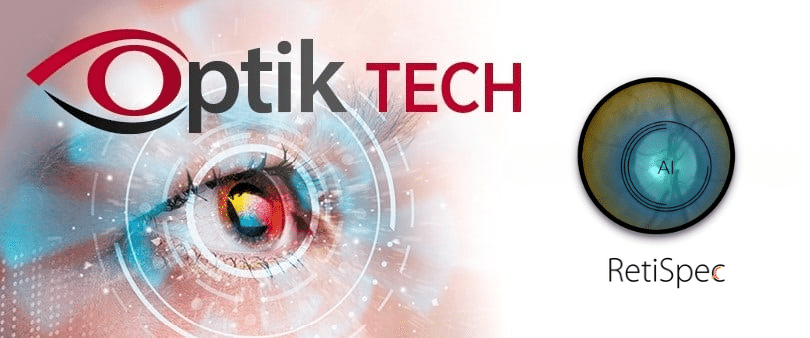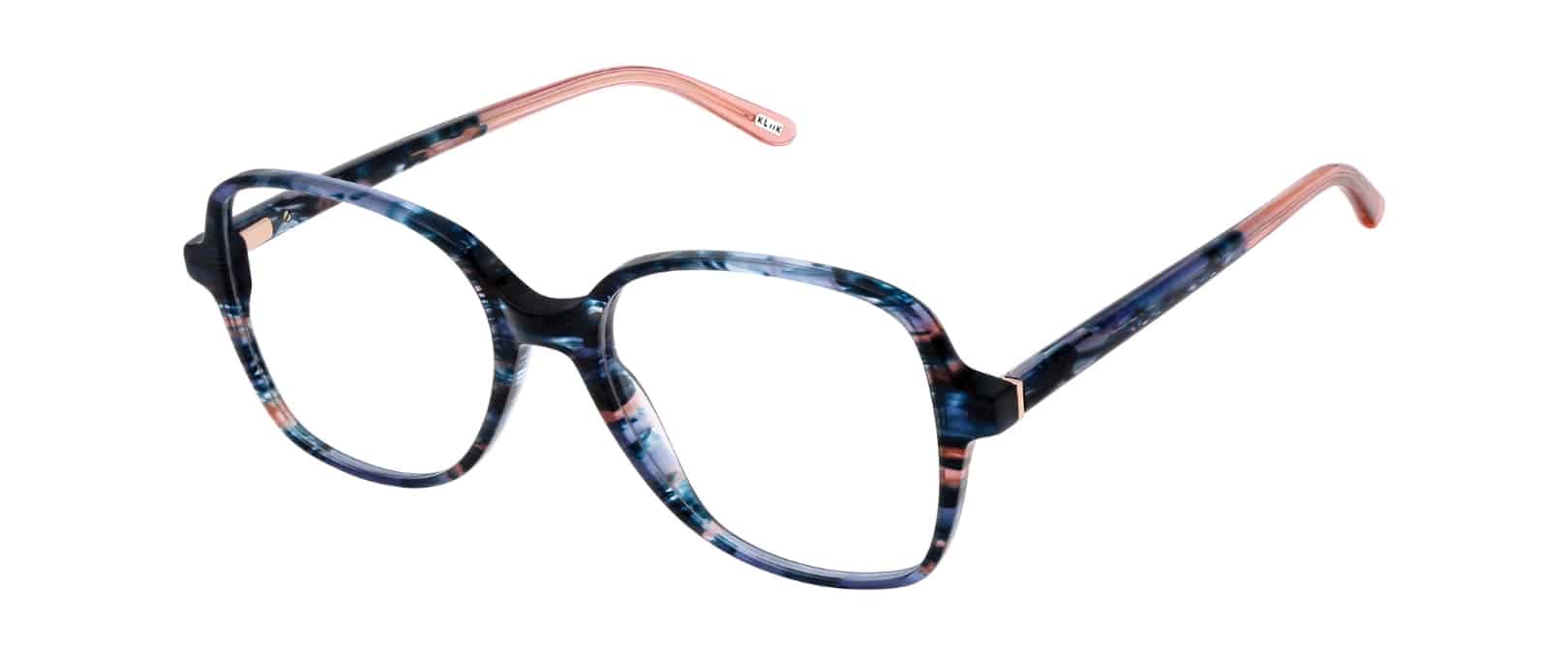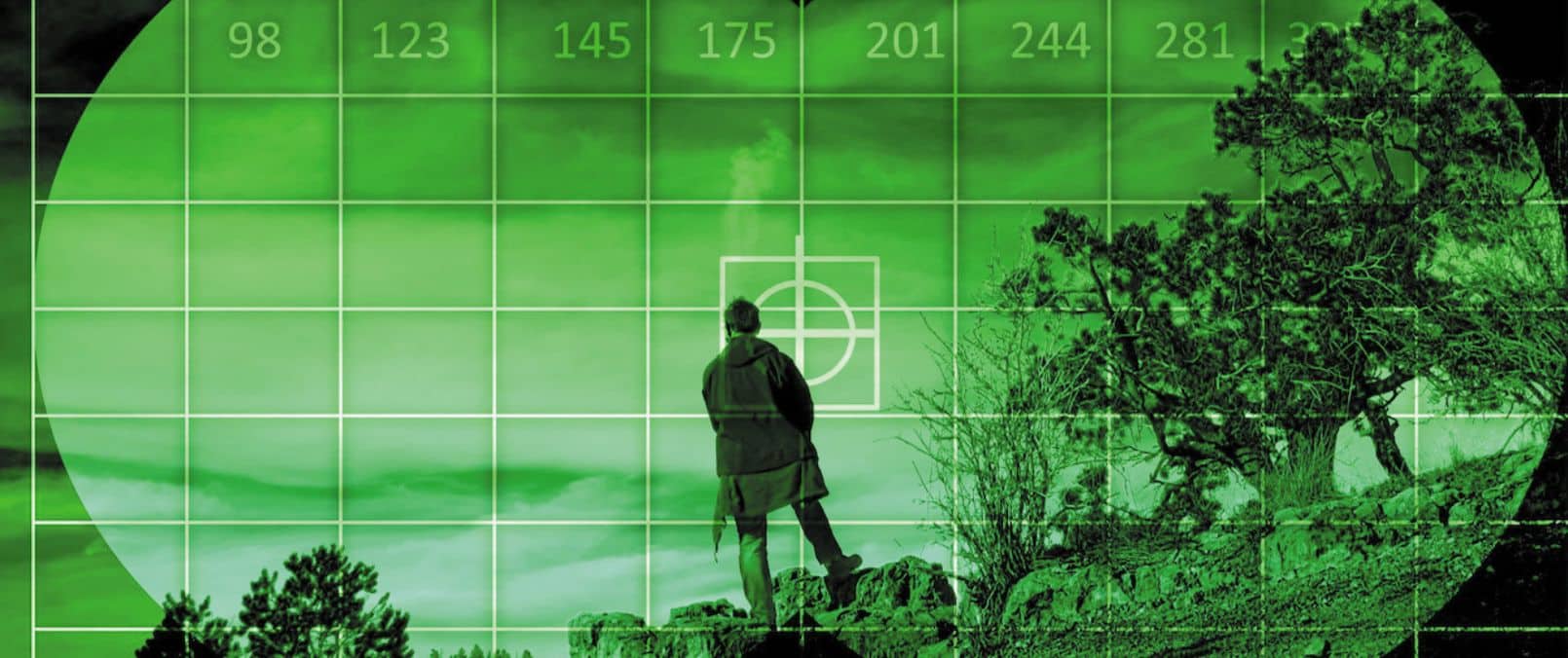The Retina: An Emerging Frontier in Alzheimer’s Detection
Monday, August 21 2023 | 08 h 19 min | OptikTech
The retina, an extension of the brain, is rapidly gaining attention in the realm of Alzheimer’s disease detection.
Originating from the brain during embryonic development, this multi-layered neuronal tissue is essentially a part of the central nervous system. With mounting evidence suggesting that brain changes can be reflected in the retina, scientists are focusing on it as a potential early screening tool for Alzheimer’s, which currently affects millions in North America.
From Autopsy to Advanced Imaging:
Historically, definitive Alzheimer’s diagnosis was possible only posthumously through brain autopsies. However, since the early 2000s, technological advancements have enabled the detection of early-stage disease markers. Contemporary diagnostic methods like PET brain imaging and tests of cerebrospinal fluid (CSF) now aid in recognizing Alzheimer’s in its initial phases.
Although monumental, these techniques can be expensive, invasive, and sometimes inaccessible. The challenges associated with such methods highlight the pressing need for simpler, non-invasive, and affordable diagnostic tools.
Enter: The Retina.
This is where the retina, being a direct offshoot of the brain and accessible through non-invasive means, shines as a prospective target.
Researchers have honed in on beta-amyloid, a peptide that forms detrimental plaques in Alzheimer’s-affected brains, as a retinal marker. This protein fragment is believed to also amass in the retina, potentially even before any clinical symptoms emerge.
A pioneering method called hyperspectral imaging, capable of capturing images at various light wavelengths, was introduced by scientists Robert Vince and Swati More from the University of Minnesota in 2014. They identified amyloid aggregates in mouse retinas and later correlated these with brain accumulations.
Canadian Medical Initiative
The team has since licensed the technique to a Canadian medical imaging company, RetiSpec, which combines it with a machine-learning algorithm that pinpoints amyloid clumps in hyperspectral images. Investigators at multiple facilities across North America are now conducting clinical trials to examine this technique’s efficacy.
Trial data have shown promising results, with retina-based tests accurately identifying and excluding brain amyloid presence 86% and 80% of the time, respectively.
While more data is needed, leaders in the field, like Sharon Cohen, medical director at Toronto Memory Program, are optimistic about the technology’s eventual approval and widespread adoption.
Parallel research endeavors have observed amyloid in retinas even in the absence of cognitive symptoms, furthering the scope for retina-based screenings. Other indicators like retinal thickness, anatomical changes, and blood vessel alterations are also under investigation, potentially providing a comprehensive insight into early Alzheimer’s signs.
Despite the enthusiasm, there are cautionary voices. Some scientists, including Robert Rissman, are circumspect about the validity and consistency of the findings across different labs.
The exact methodology for amyloid identification in retinas remains under debate, with variations observed in imaging outcomes across facilities.
Nonetheless, as Rebecca Edelmayer from the Alzheimer’s Association remarks, early detection using tools like retinal imaging can potentially revolutionize the trajectory of Alzheimer’s care, making it a compelling domain of research.








